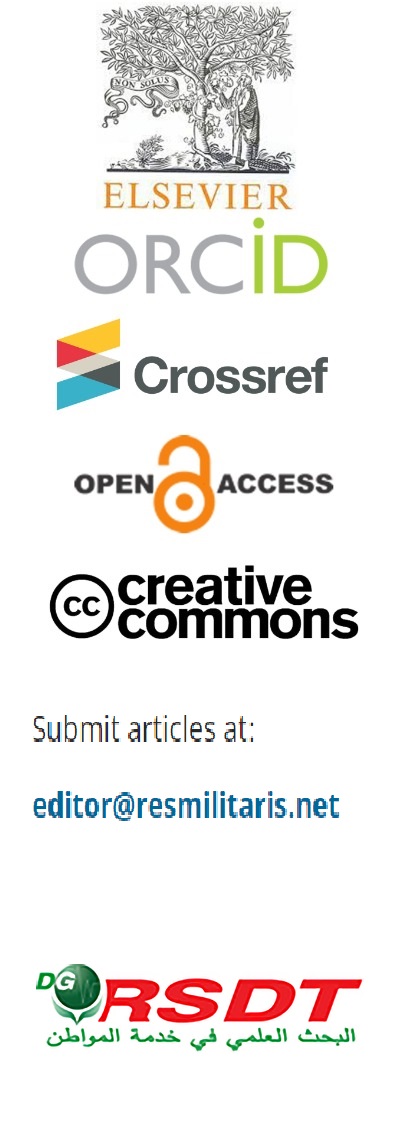
-
FOOD SECURITY AS A COMPONENT PART OF NATIONAL SECURITY: THE IMPACT OF THE RUSSIAN-UKRAINIAN CONFLICT
Volume -14 | Issue -5
-
The Contribution Ratio of Some Physical Abilities in the Performance of Certain Skills with the Apparatus Among Female Students in Rhythmic Gymnastics
Volume -14 | Issue -5
-
Self-Efficacy and Its Relationship to the Level of Ambition Among Track and Field Athletes Under 20 Years
Volume -14 | Issue -5
-
Culture of the Mexican Army1
Volume -14 | Issue -5
-
The Impact of Educational Media (Visual - Mixed) on Self-Learning of Certain Table Tennis Skills for Students
Volume -14 | Issue -5
The Determinants of Indian Rupee Exchange Rate Volatility: An Empirical Evidence
Main Article Content
Abstract
The study focused on exploring the effect of various macroeconomic variables on the volatility of real effective exchange rate (REER) of Indian Rupee using monthly time series data spanning over November 1997 to December 2020. The Generalized Autoregressive Conditional Heteroskedasticity GARCH (1,1) modelling approach has been applied to measure the volatility. Autoregressive Distributed Lag (ARDL) bounds testing approach for cointegration has been applied to test the long-run and short-run association among the endogenous and the exogenous variables. The analysis revealed that the volatility of the Indian exchange rate was caused by macroeconomic factor such as inflation, foreign institutional investments, economic growth, exports, foreign exchange reserve and trade openness. It has been observed that an increase in Indian exports, foreign exchange reserve and trade openness have decreasing impact on the volatility of the Indian rupee exchange rate. While increased inflation has increasing impact on the volatility of REER. Thus, better macroeconomic indicators such as increased exports and forex reserves contribute to stability but worsened macroeconomic factors such as heightened inflation cause instability by increasing the volatility.

